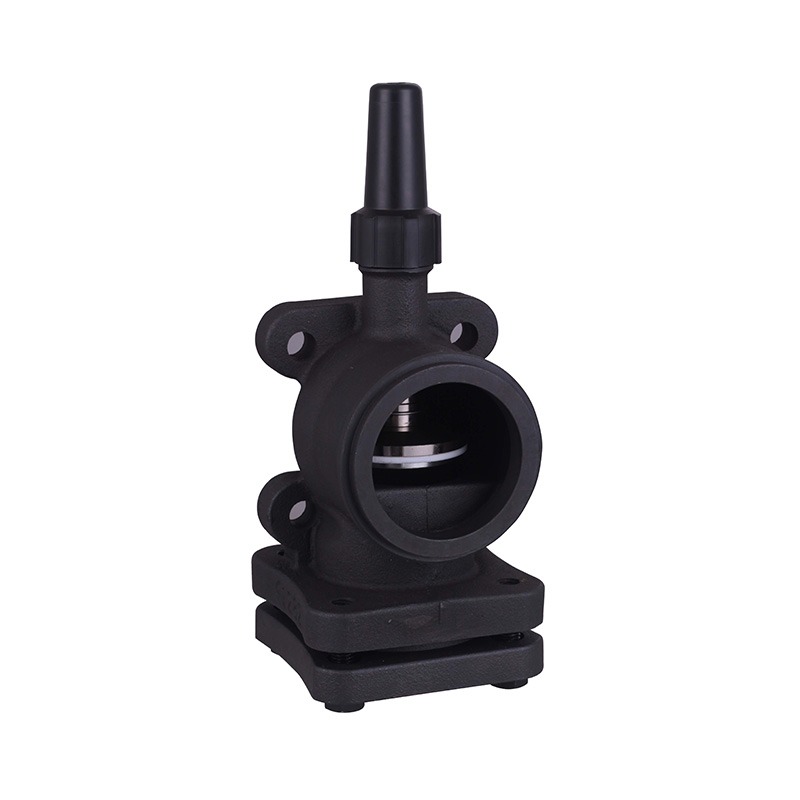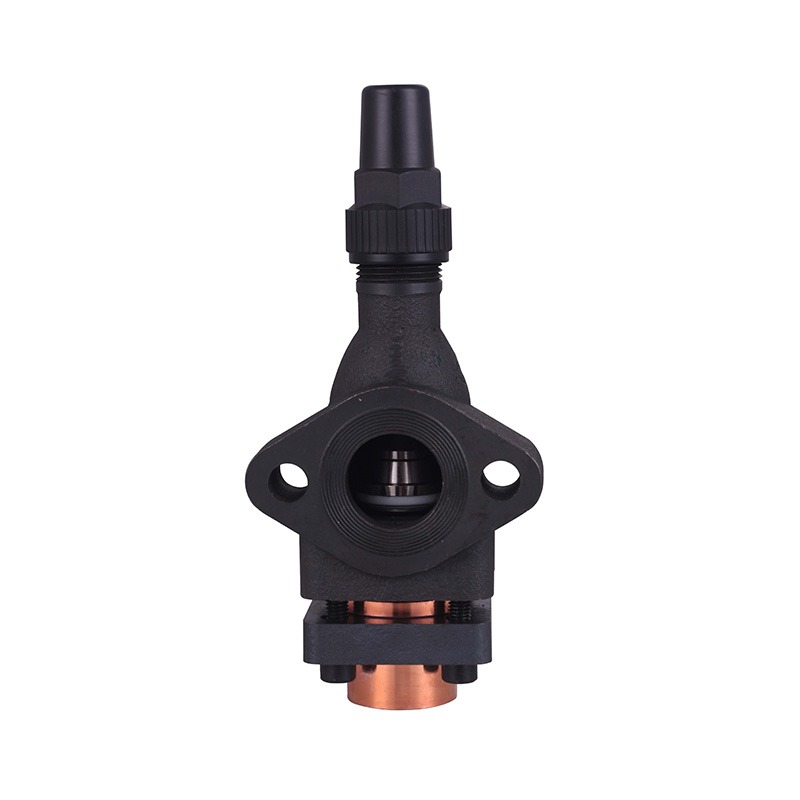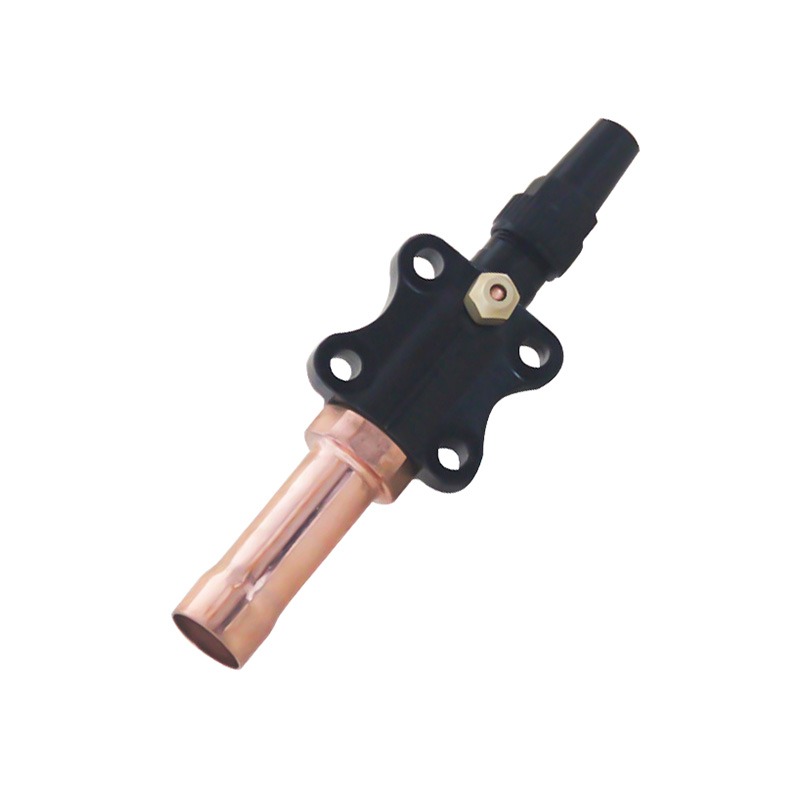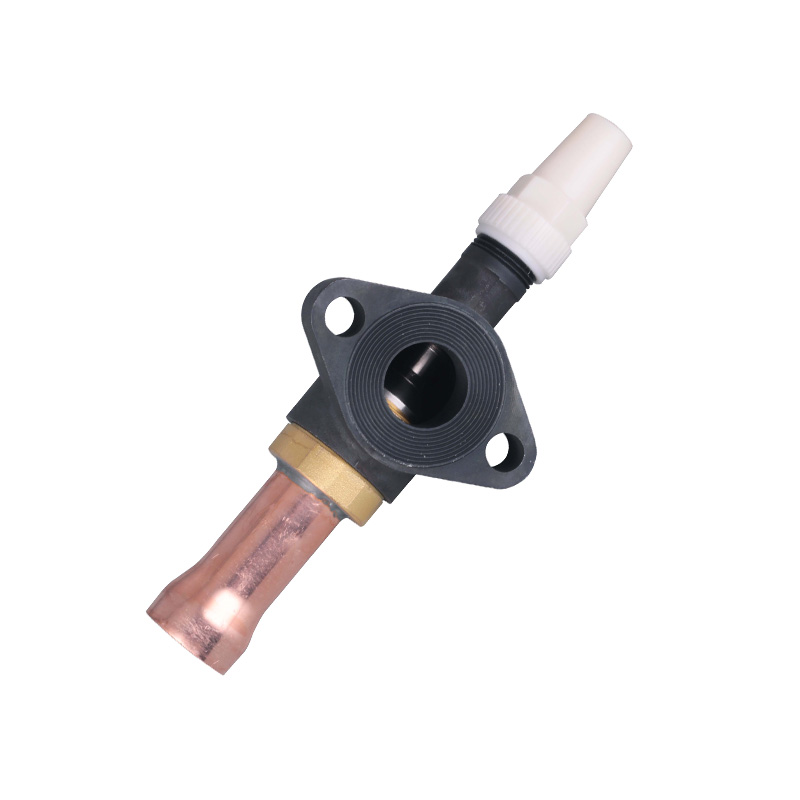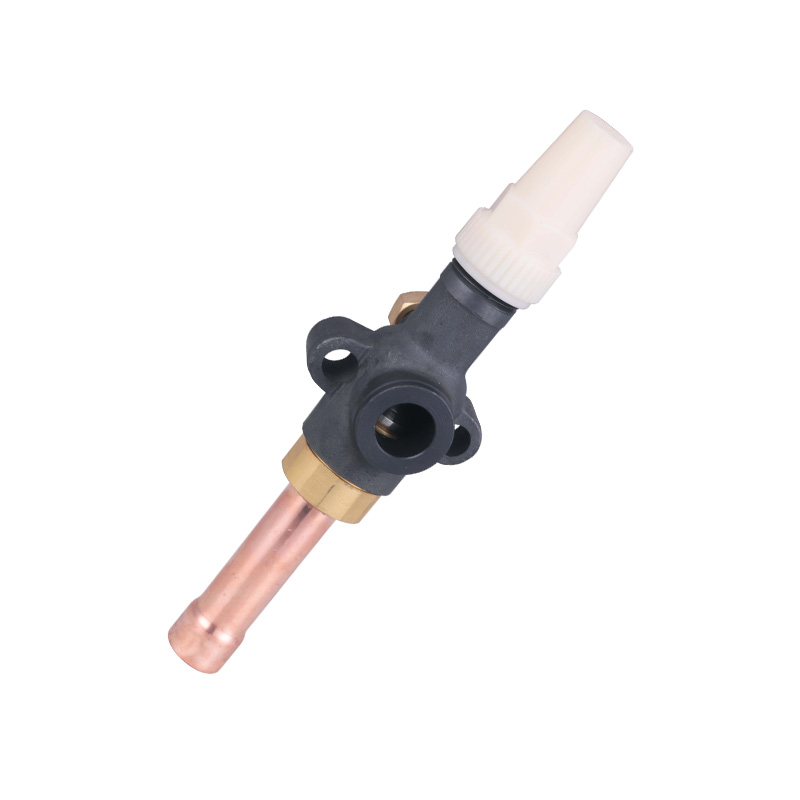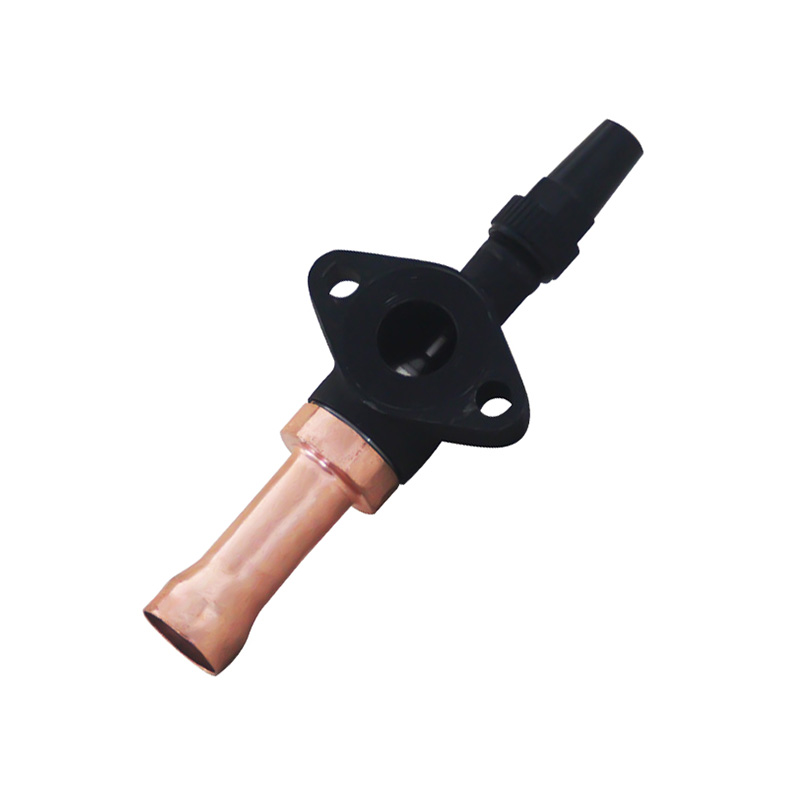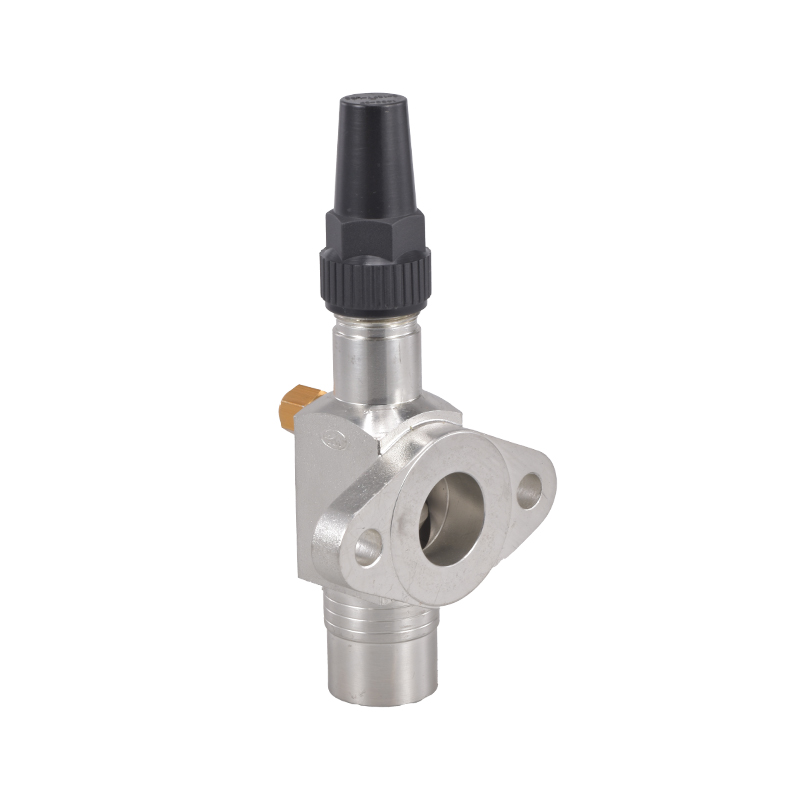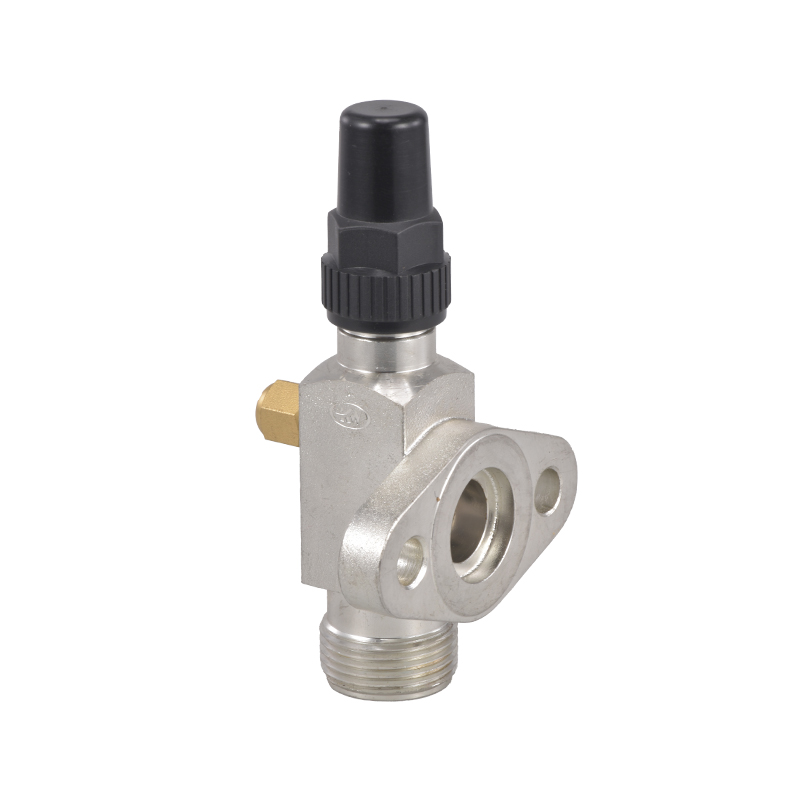High-efficiency Gas-liquid Separator Helps Industrial Production Upgrade
 By Admin
By Admin
In modern industrial systems, the separation of gas and liquid phases is a critical process for maintaining operational stability, improving product quality, and protecting downstream equipment. The high-efficiency gas-liquid separator has become an indispensable component in industries such as petrochemical, power generation, pharmaceutical manufacturing, food processing, and more. By efficiently isolating entrained liquids from gases, this device supports higher system performance and contributes to the overall upgrading of industrial production technologies.
Principles Behind High-efficiency Gas-liquid Separation
The gas-liquid separator operates based on several physical separation principles, including gravity sedimentation, folding flow separation, centrifugal force separation, screen separation, ultrafiltration, and packing media. These principles are often integrated within a single unit to enhance separation efficiency under various working conditions.
Among the many technologies applied, centrifugal force separation and screen separation are widely used due to their balance of simplicity and high performance. In centrifugal separation, the gas-liquid mixture enters a spinning chamber or cyclonic element. Due to their greater mass, liquid particles are forced outward toward the separator wall by centrifugal force. Once collected on the inner wall, gravity helps drain the liquid to the bottom of the separator where it is discharged through a sewage valve. Meanwhile, the now cleaner gas rises and exits from the top.
In screen separation, a fine mesh or structured packing is used to physically obstruct and capture small liquid droplets suspended in the gas stream. These droplets accumulate, coalesce, and eventually fall under gravity, thus removing the liquid phase effectively.
A typical high-efficiency gas-liquid separator consists of several core components: a cylindrical housing, cyclone separator or baffle plates, a high-efficiency demisting mesh (often called a foam-breaking net), and a drainage or sewage valve for liquid discharge. Together, these parts ensure that the separator can operate continuously and with minimal maintenance, providing long-term stability.
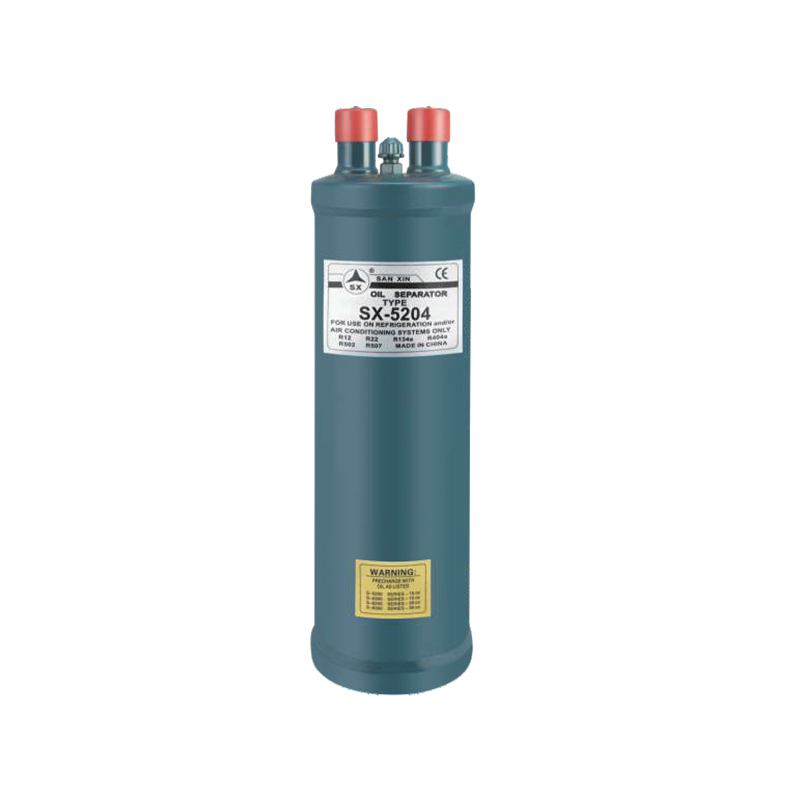
Applications in the Petrochemical Industry
The petrochemical industry is one of the largest and most critical users of high-efficiency gas-liquid separators. The process of refining crude oil, synthesizing chemicals, or producing synthetic fuels often involves complex pipelines where gas streams are laden with moisture or other liquid contaminants. If these liquids are not properly separated, they can cause corrosion, equipment failure, or even catastrophic safety hazards.
One notable application is the treatment of saturated steam generated within chemical plants. Before this steam can be distributed through the pipeline network or utilized in turbines, it must be purified using a steam-specific gas-liquid separator. These devices use advanced five-stage separation processes—including downsizing, centrifugal action, droplet collision, flow deflection, and droplet coalescence—to efficiently eliminate both water droplets and solid particulates.
The result is dry, clean steam that enhances thermal efficiency, reduces equipment wear, and minimizes maintenance downtime. This is especially critical when the steam is used in turbines, where even small amounts of moisture can cause blade erosion and performance degradation.
Driving Industrial Upgrades
As industries push toward automation, energy conservation, and precision control, the role of gas-liquid separators is evolving from basic utilities to essential performance enhancers. Modern separators are now being integrated with real-time monitoring sensors and automated drainage systems, enabling predictive maintenance and reducing human intervention.
Moreover, advanced designs are being tailored for specific applications, such as high-pressure operations, corrosive environments, or extremely fine droplet separation, further promoting customization and system optimization.
The high-efficiency gas-liquid separator is not merely a passive component—it is a strategic tool that supports cleaner processes, safer operations, and higher productivity. As industries worldwide embrace smart technologies and cleaner production standards, gas-liquid separation systems will continue to play a pivotal role in accelerating the next phase of industrial transformation.




 English
English русский
русский Deutsch
Deutsch
